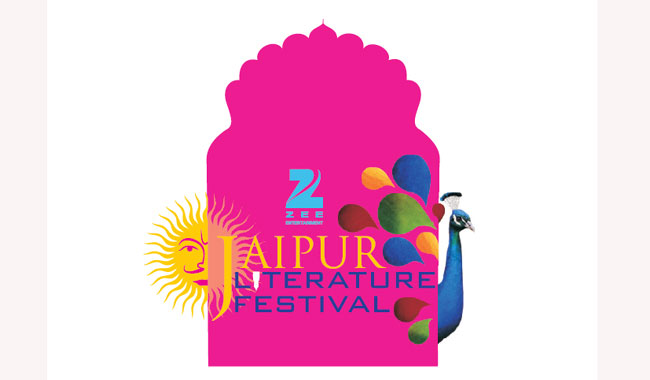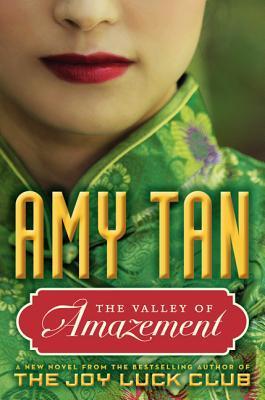The
annual DSC Prize for South Asian Literature, carrying an award of US$50,000, aims
to bring
South Asian writing to a global audience, and to raise awareness of South Asian
culture around the world.The shortlist
of six books for the 2014 prize was announced in London in November. It is:
Anand: Book of Destruction (Translated
from Malayalam by Chetana Sachidanandan; Penguin, India)
Benyamin: Goat Days (Translated from
Malayalam by Joseph Koyippalli; Penguin, India)
Cyrus
Mistry: Chronicle
of a Corpse Bearer (Aleph Book Company, India)
Mohsin
Hamid: How to Get
Filthy Rich in Rising Asia (Hamish Hamilton/Penguin,
India)
Nadeem
Aslam: The Blind Man’s Garden (Random
House, India)
Nayomi
Munaweera: Island
of a Thousand Mirrors (Perera Hussein Publishing, Sri
Lanka)
I put it to Manhad Narula, Steering Committee
Member of the DSC Prize for South Asian Literature, that writers from India and Pakistan are already doing well in reaching international
audiences. So did South Asian writers
really need a specific prize? “Yes. We instituted the Prize in 2010 because
we felt that there was a need for an international literary prize specially
focused on writing about the South Asian region, its people, and its
cultures. Over the last decade or so, South Asia has significantly gained
importance in the global scheme of things, be it on the political, economic or
cultural front, and more and more writers from all over the world are writing
about the region. The DSC Prize is not limited to showcasing and rewarding
Indian and Pakistani writers, or writers from other South Asian countries, but
is open to any author from any part of the globe as long as the writing is
about the region.”
Given The Prize’s commitment to South Asia, it seemed to me oddly lacking
in confidence that the shortlist was announced in London. Why so cautious? “Of
the three key events of the DSC Prize, two are held in South Asian cities and
one in London. We announced the longlist in New Delhi, then
announced the shortlist in London, and we will be announcing the
final winner in Jaipur later this month. In addition we have the DSC Prize
Winner’s Tour where the winner is taken to South Asian cities for readings
and interactions. So there are a lot of Prize-related initiatives and
activities happening in South Asia. We do the shortlist announcement in London
as there is a significant interest in South Asian literature in the UK and also
as an international prize we get close to 30% of our entries from publishers
based in the UK, US, Canada and Australia.”
South Asia is defined in the eligibility criteria
as India, Pakistan, Sri Lanka,
Bangladesh, Nepal, Bhutan, Maldives, Burma and Afghanistan. But bar one from Sri Lanka, and one set in rising Asia, all the books on the shortlist
are from India. Were there no worthy entries from elsewhere? If so: was it a
language issue? Are books from beyond India, Pakistan, and Sri
Lanka, simply not translated into English? “We do receive entries from Nepal,
Bhutan, Afghanistan and Burma, but the larger share at present comes from
India, Pakistan and Sri Lanka. It would be incorrect to say that there is any
dearth of talented authors in the other South Asian countries - we have had
authors from Nepal and Bangladesh on both the Prize’s longlist and its shortlist
in the past. The literary landscape and the publishing infrastructure is now
evolving quite well in these countries, where the Prize is encouraging more
writing, both in English and translation, so that writers from all over South
Asia should become increasingly visible.”
Four of the six books on the shortlist were originally written in
English. So is writing in English an advantage when it comes to winning the Prize?
“Encouraging writing in regional languages, and encouraging translations, are key
objectives of the DSC Prize. I do not think that there is any distinct
advantage if the book is originally written in English; the essence and nuances
of the narrative can be brought to life to the reader through a good
translation as well. We really give a lot of importance to the role of the
translator; if a translated entry wins, the prize money is equally shared
between the author and the translator.”
Last year's winner, Jeet Thayil’s Narcopolis,
was already heralded in the West. Is being so heralded an advantage? Or
to put it another way, is Mohsin Hamid odds-on to win this year? “There is no
such advantage. We have a five-member esteemed international jury panel which
cannot be swayed by an author’s fame. Being well known in the West is no
criteria at all for judging an entry, no advantage in the adjudicating process.
The shortlist over the years has had a healthy mix of established writers as
well as newer writers – in fact the three winners so far have coincidentally
all been debut writers.”
The winner of the DSC Prize 2014 will be
announced at the Jaipur Literature Festival, which is also sponsored by DSC. The announcement will be made on 18th January
– look out for a post giving the result.








